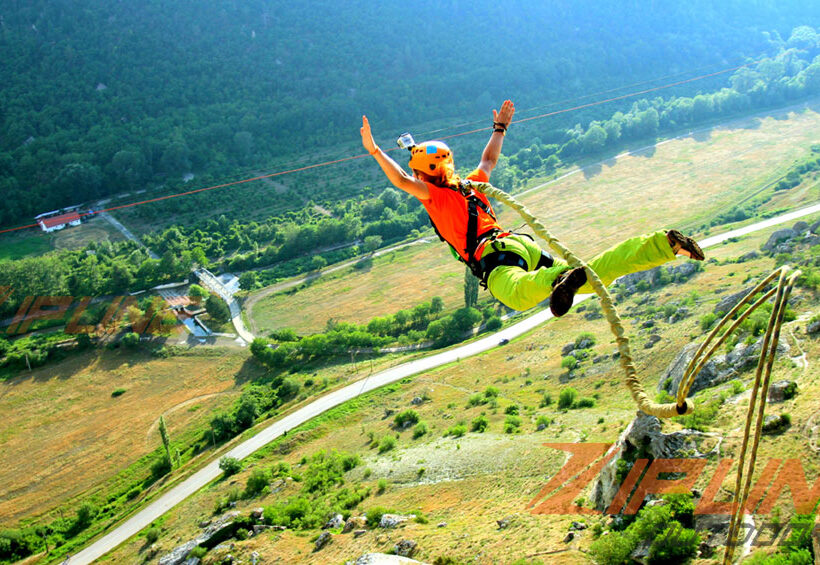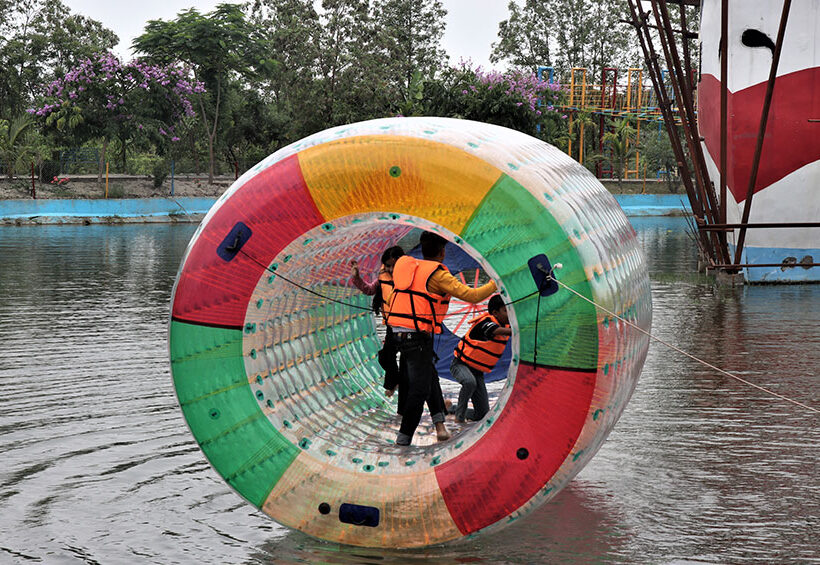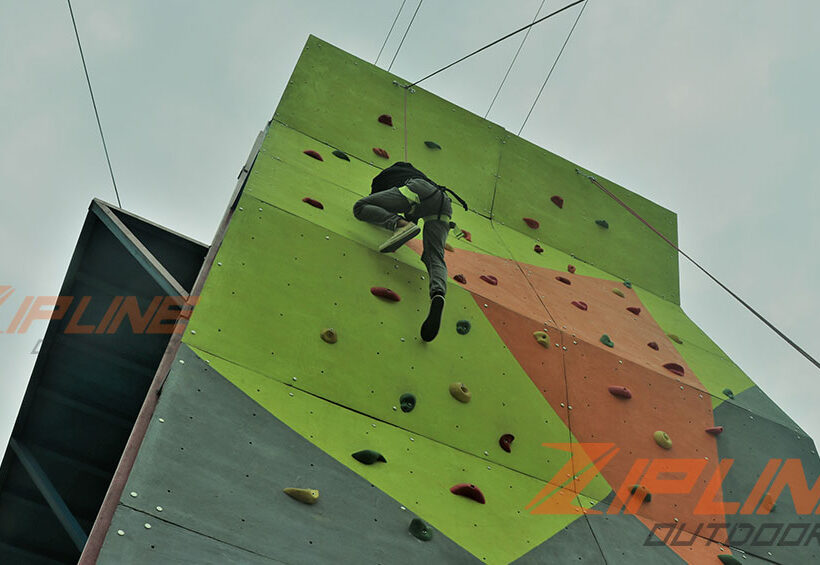
ADVENTURE CAMP
An adventure camp is a type of camp that focuses on providing outdoor recreational activities and experiences for participants. These activities can include things like hiking, rock climbing, canoeing, kayaking, horseback riding, and other outdoor pursuits.
Adventure camps often take place in natural settings such as forests, mountains, or near bodies of water. The goal of an adventure camp is to challenge participants physically and mentally while also providing opportunities for personal growth and development.
They can be designed for children, teenagers, adults, and also for specific age groups and interests. Adventure camps can be overnight or day camps, and they can range in length from a few days to several weeks.


Why Zipline Outdoors Adventure camps?
- Experience and expertise in designing and building safe, high-quality adventure camps
- A commitment to using durable, environmentally-friendly materials
- A wide range of customizable options to suit different needs and preferences
- Strong customer service and support
- Positive reviews and testimonials from satisfied customers
- Compliance with all relevant safety regulations and industry standards.
Types of Zipline Outdoors Adventure Camps
There are several types of adventure camps, including:
Outdoor Adventure Camps
These camps focus on outdoor activities such as hiking, rock climbing, and camping. They provide participants with opportunities to explore nature and learn about outdoor survival skills.
Water Adventure Camps
These camps take place near bodies of water and offer activities such as canoeing, kayaking, and rafting. They provide participants with opportunities to learn about water safety and develop their swimming and boating skills.
Equestrian Adventure Camps
These camps focus on horseback riding and horse care. They provide participants with opportunities to learn about horsemanship and work with horses in a natural setting.
Extreme Adventure Camps
These camps offer more challenging activities such as rock climbing, bungee jumping, and white-water rafting. They are geared towards older and more experienced participants who are seeking a more intense and physically demanding experience.
Survival Adventure Camps
These camps focus on teaching survival skills such as shelter building, fire making, and navigation. They provide participants with opportunities to learn about survival in wilderness and remote areas.
Cultural Adventure Camps
These camps focus on immersing participants in a different culture, and provide opportunities for learning about the history, customs, and traditions of a specific region or country.
Science and Nature Adventure Camps
These camps focus on providing opportunities for scientific exploration and learning about nature. They can include activities such as bird watching, botany, and geology.
Adventure therapy camps
These camps are focused on providing therapeutic experiences through adventure activities for individuals with mental and emotional issues.
It’s important to note that adventure camps can vary widely in focus, duration, and intensity, and it’s important to choose one that best matches the interests and abilities of the participant.
Adventure Camp Developing Process
Developing an adventure camp typically involves several steps, including:
Planning and research
This involves researching the target audience, location, and activities that will be offered at the camp. This stage also involves identifying any relevant regulations, permits, and insurance required to operate the camp.
Site selection
The next step is to select a suitable location for the camp. The location should be accessible, safe, and suitable for the activities that will be offered.
Facility and equipment preparation
Once a location is selected, facilities and equipment will need to be prepared. This may include building cabins, bathrooms, and other structures, as well as purchasing or renting equipment such as tents, canoes, and climbing gear.
Staffing
Staffing the camp will require hiring and training counselors, instructors, and other personnel. This includes recruiting and hiring employees, as well as training them on safety procedures, equipment usage, and customer service.
Program development
Program development includes planning activities, schedules, and curriculum for the camp. This should be done keeping in mind the objectives of the camp, the target audience, and safety considerations.
Facility and equipment preparation
Once a location is selected, facilities and equipment will need to be prepared. This may include building cabins, bathrooms, and other structures, as well as purchasing or renting equipment such as tents, canoes, and climbing gear.
Safety planning
Safety planning is a critical step in manufacturing an adventure camp. This includes developing emergency procedures, and risk management plans, and conducting safety drills and training.
Opening and operation
Once all the preparations are complete, the camp is ready to open and operate. It is important to have a system in place for registration, check-in, and check-out of participants, as well as for managing the day-to-day operations of the camp.
It is important to note that these steps may vary depending on the specific type of adventure camp, location, and target audience, and regulations in the area. Also, good communication and coordination among all the stakeholders involved in the process are important for a successful adventure camp.
If you want to set up an adventure camp, call us today because we offer the best adventure camps globally!
Gallery
Book Online
We also offer


Zorbing
- ages

Multiactivity Tower
- ages









